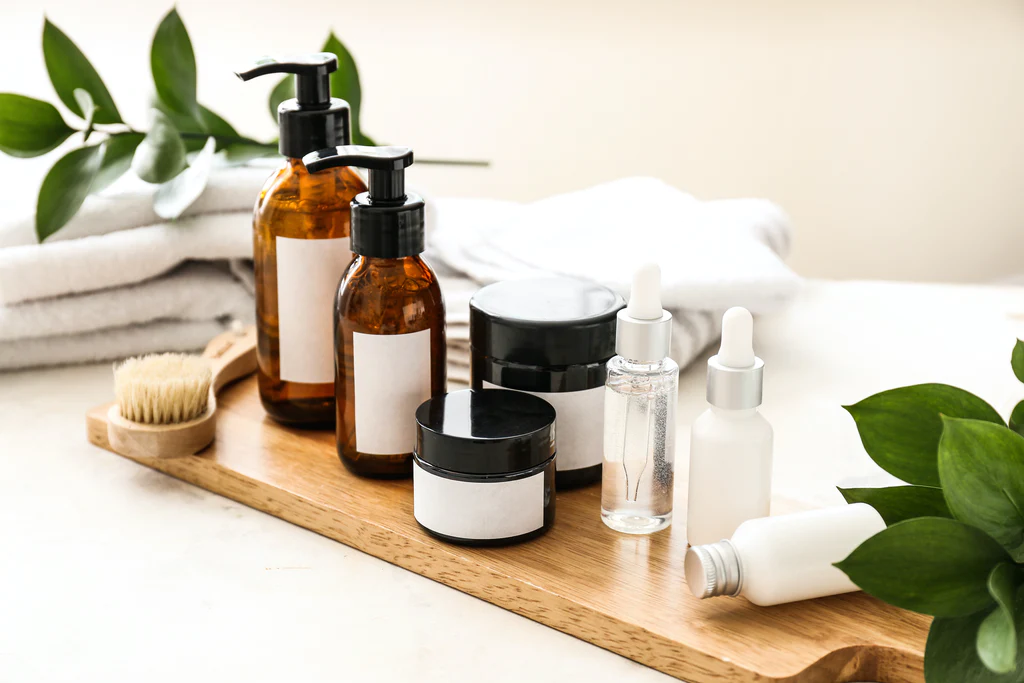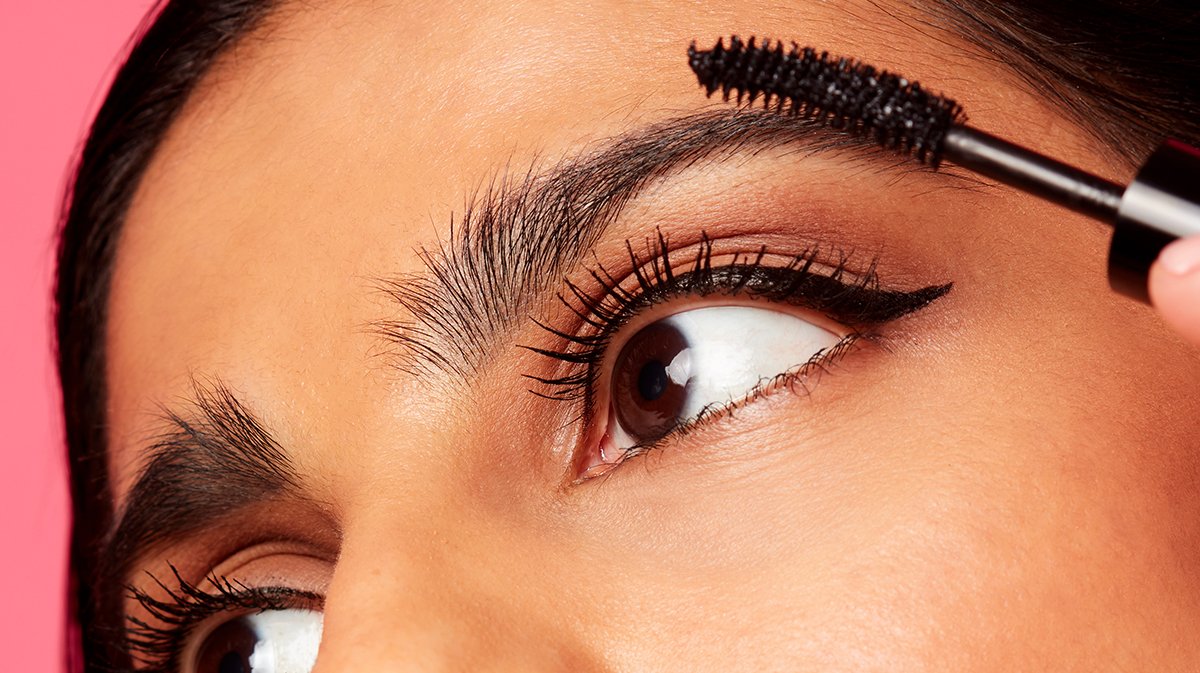Private Label Cosmetics stands for beauty products that are manufactured by some company and after that sold under some other brand’s name. If you are interested in this type of business, you can collect enough knowledge to sell your private label cosmetics highly profitable. You can achieve this primarily by finding the right supplier, developing an outstanding brand, and implementing some marketing strategies.
According to conducted research, a small retailer can bring in a couple of thousands of dollars monthly easily. A sample of the product can cost approximately $50, while the whole product line may require an investment of $1,000 to $5,000. Now, let’s get to the point and review a couple of tips that can help you in selling Private Label Cosmetics.
1. You must identify profitable products
The primary step you need to take to create a successful private label cosmetic line is to ensure that your products are highly demanding. This means that they need to meet customers’ needs and satisfy their requirements.
You can use some tools on the Internet to find out what people are mostly searching for to buy and according to that, you can decide what type of cosmetics you should sell.
For instance, Google Trends can help you get a clear picture of what types of keywords are searched the most, and for which products the interest is increasing and decreasing.
You can also check the Amazon Best Sellers list to see which product category is most popular. Additionally, you can start visiting different stores and see their packages and products, so you can get a unique idea for your own business.
After that, your goal should be to find a niche. In general, you can have a highly successful private label cosmetics line with a couple of individual products.
However, the best way to sell them is by finding a niche and then creating a product line that will stand for a particular category or even interest. This will help you find your target audience and loyal customers.
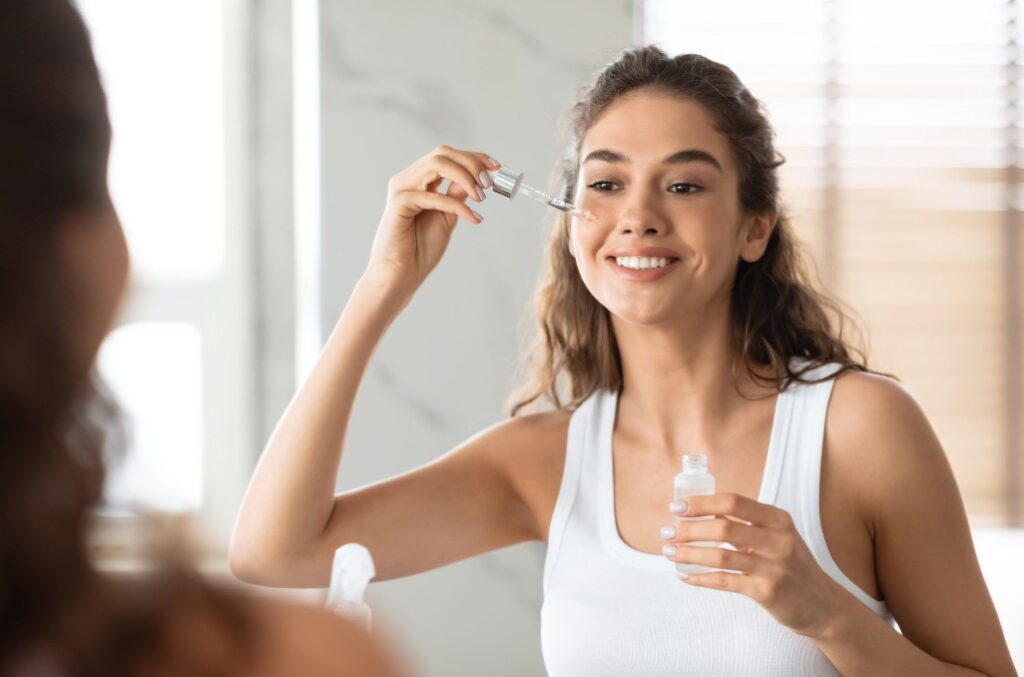
2. After that, start researching suppliers
Once you decide what products you want to sell, it is time to find a private label cosmetics supplier. You can source products either online or in person.
Before you decide on this, you must know what types of ingredients you want your product to contain. More precisely, do you want organic products, and what type of products – makeup, skincare ones, or something else?
In general, it is worth mentioning that today the most popular ones are natural and organic beauty and skincare products. Most people would rather choose these rather than products that contain chemical ingredients. If you are interested, you can find here a private label of custom skin care products.
3. Now, you can request samples and review those products
Once you start searching for private label cosmetics suppliers online, you will come across many low-cost samples or single samples. Whatever the company is, you can expect that the cost of the sample is going to come with a price between $50 to $100. You have a route to take of attending an industry trade show where you can choose so many samples at once and test them out. After you get your samples you need to carefully review every product.
You must pay attention to whether or not products are meeting your expectations and fit your skincare beauty brand. It would be a wise idea to get the opinion of others as well. Wherever you can, you should offer people samples and see their reactions to the products. This will also help you get potential buyers. For this overall process, you are going to need patience because it may take a couple of rounds of samples from different suppliers to find the one that will fit perfectly your brand.
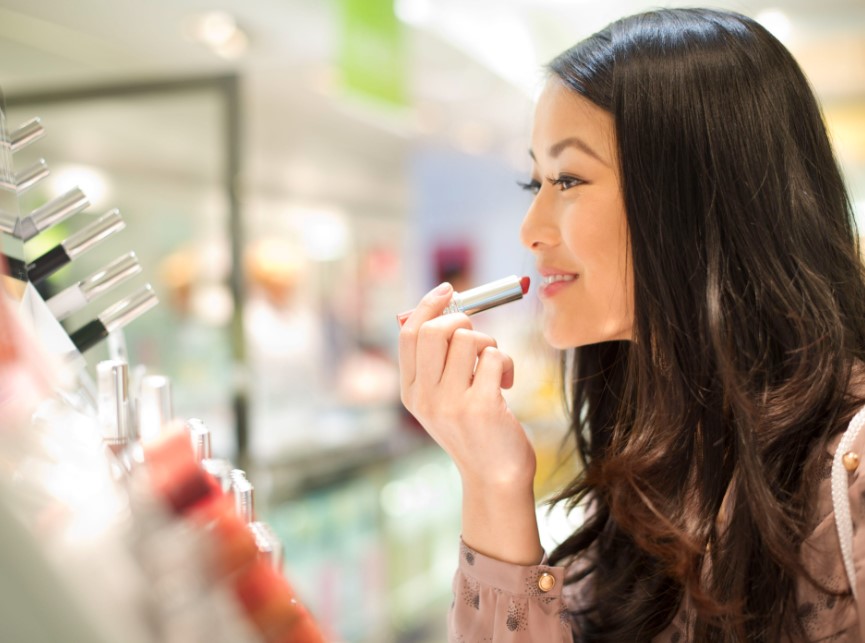
4. You can now decide how you want to sell the cosmetics line
It is highly important to decide how you want to market as well as sell your private label cosmetics line of products. There are so many different approaches that you can consider. For instance, you can start with a small sale channel.
Despite that, you can add your products to some existing shop that is highly visited. Additionally, you can set up different sales channels at once. For instance, sell your products at salons, spas, fashion boutiques, etc.
Market your products on social media platforms or online through your own website. You can also sell private label cosmetics on the Amazon platform. Lastly, you can sell products to other retailers.
5. The next step is to design your brand, logo, and packaging
This is also one of the most entertaining steps because you can choose the way you want to define your private label cosmetics. While you have to search for potential suppliers, you come across different labeling and packaging types.
At some point, you surely have figured out what type of logo design you want. If you haven’t, once you do that, your supplier will do the rest of the job. This is generally considered the simplest way to label and package private label cosmetics. They will make sure that your labels include all correct ingredients on the list and meet all packaging requirements.
In the end, you are going to have a product line with a highly professional look.
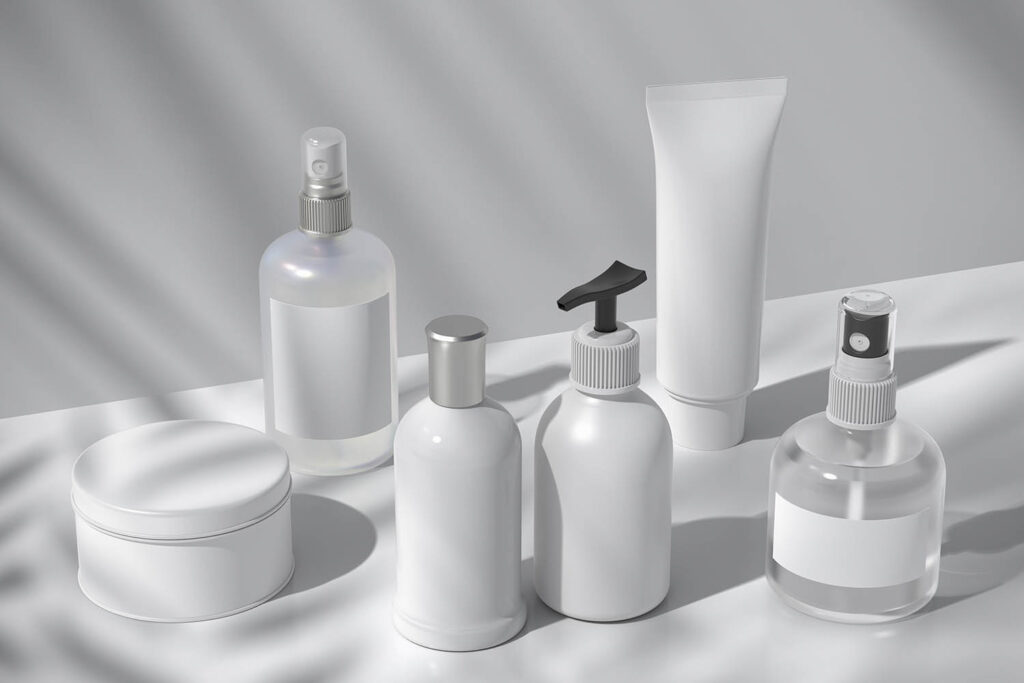
6. Lastly, you can order private label cosmetics
After you have picked the supplier for your private label cosmetics business, you decided which type of products you want to include in your beauty line, and you designed your logo brand, you have left only one step to take!
Now, you can freely place your orders. This is the easiest step that you should obtain, however it does require a couple of things that you need to check again.
For instance, you should know that private label cosmetics are paid upfront, so ask the supplier how they are expecting you to pay when you place the order. After that, you should ensure that product pricing and fees for label printing are correct. Lastly, you must take of your products correctly. This means that you should check how you should store products, what is their temperature regulation requirements, expiration dates, etc.

